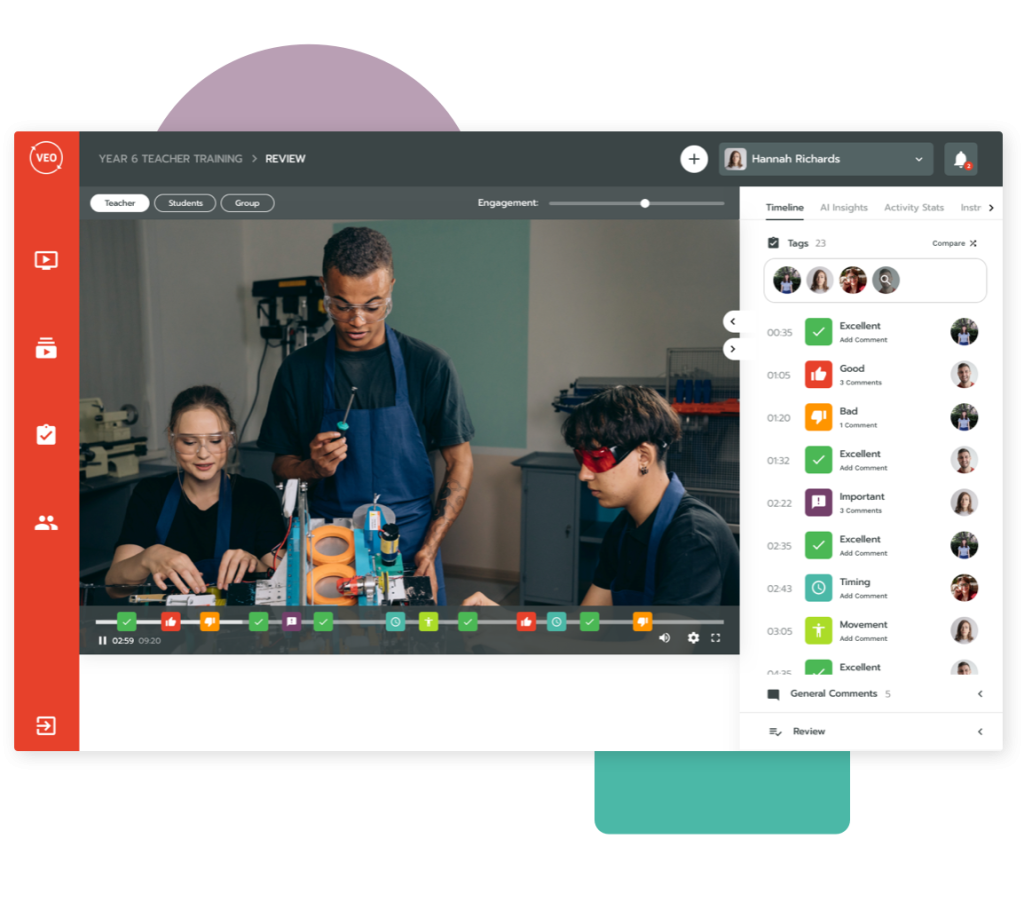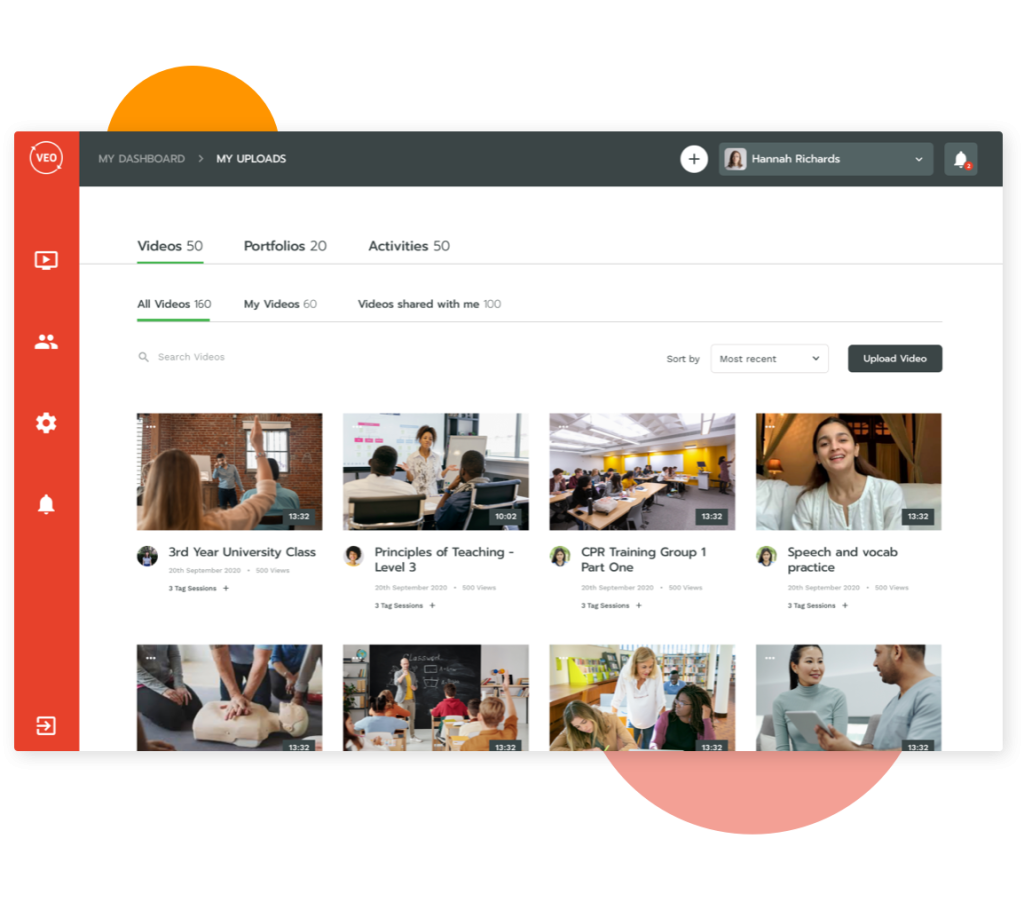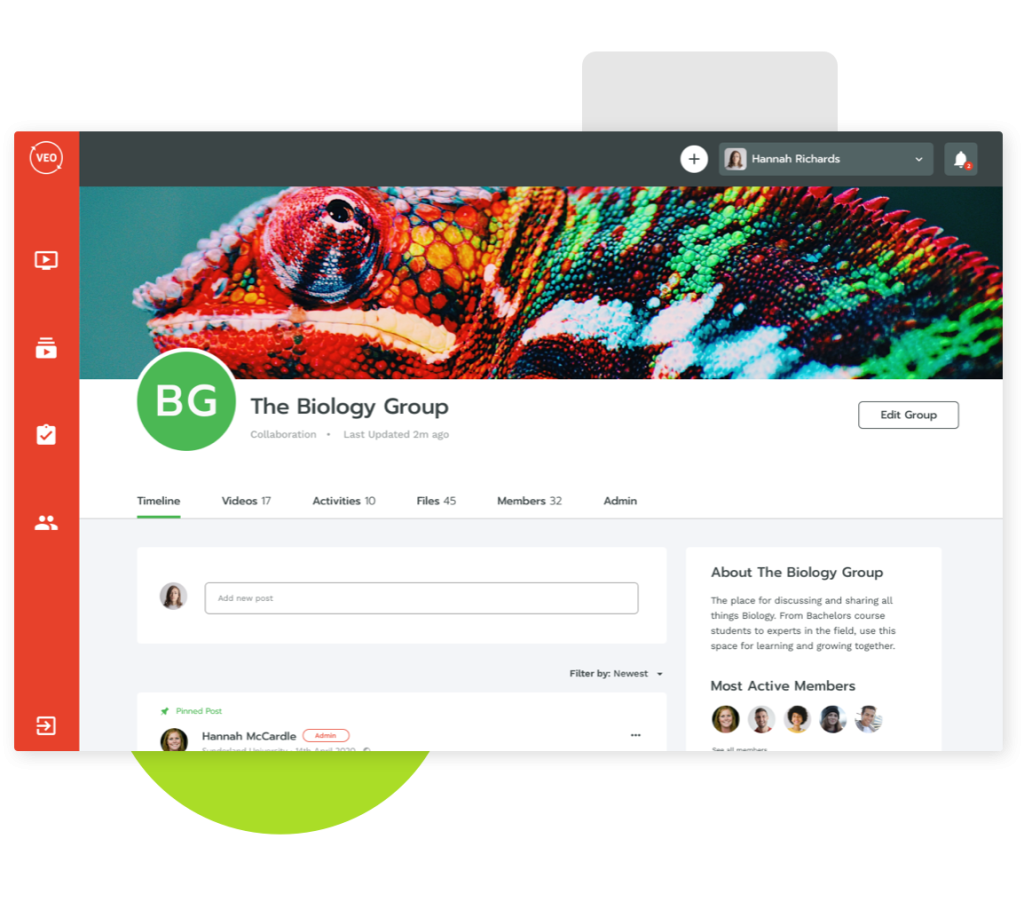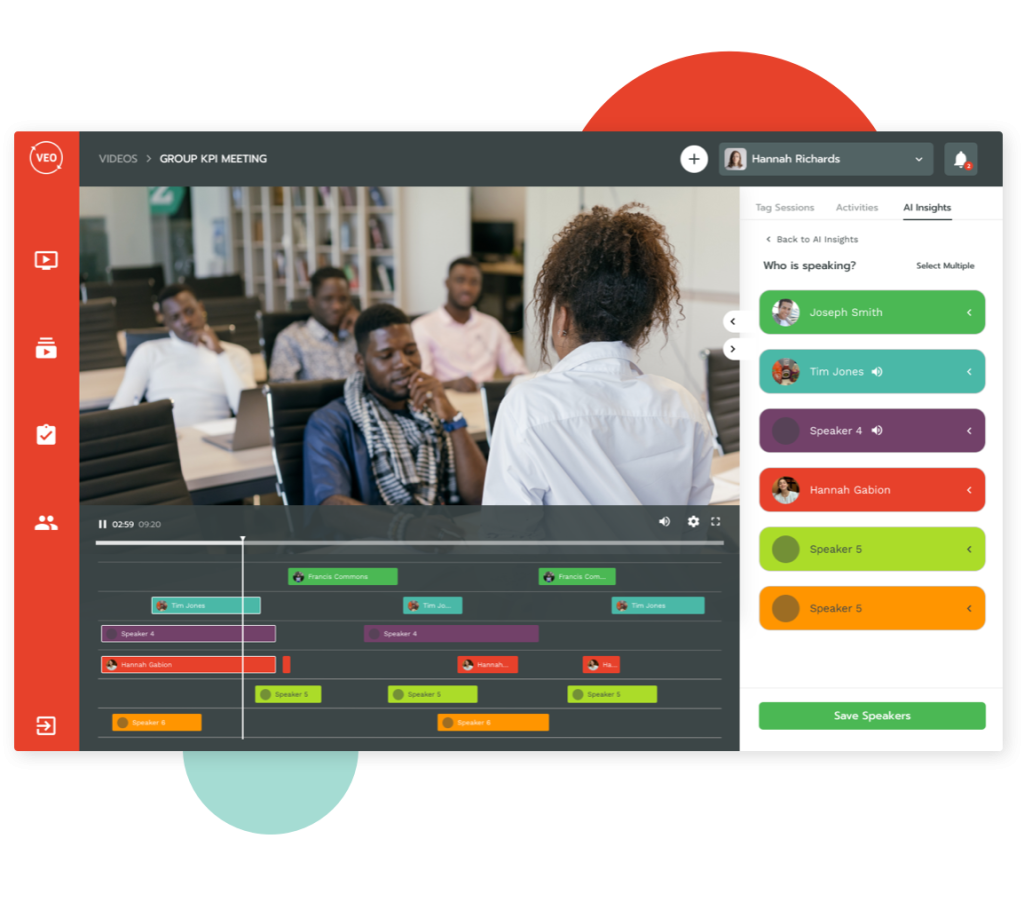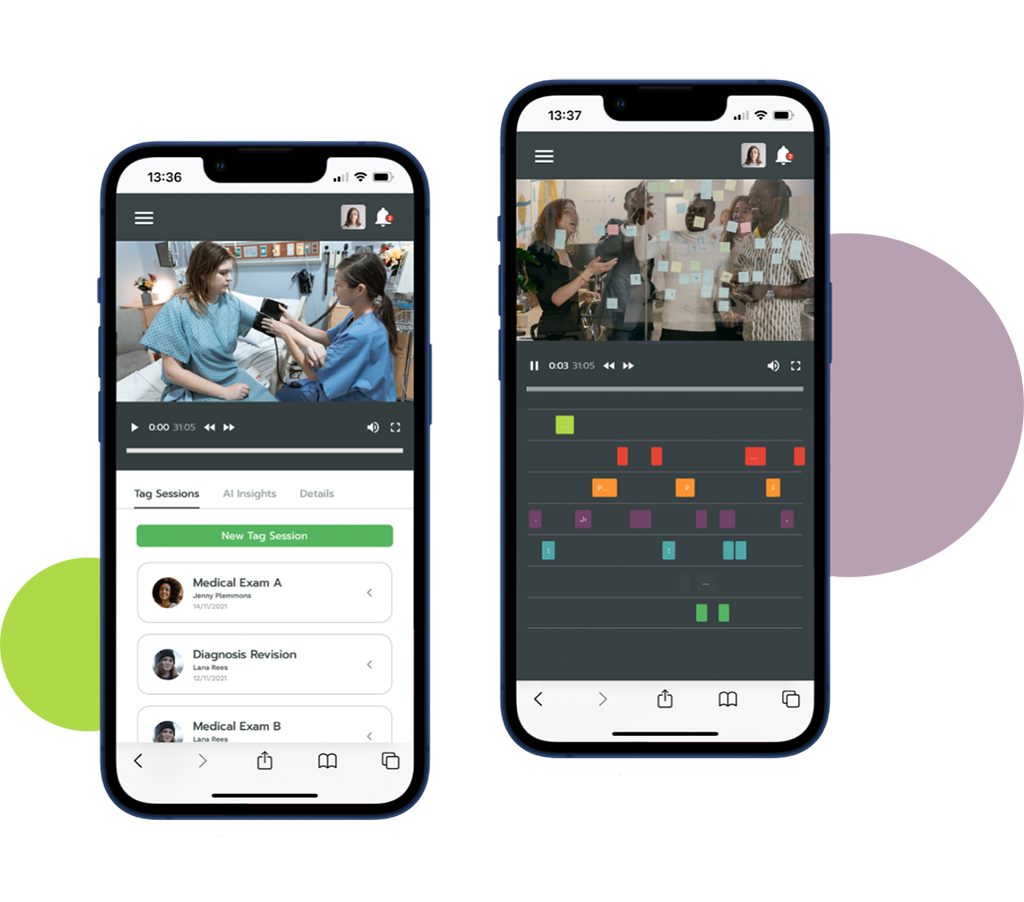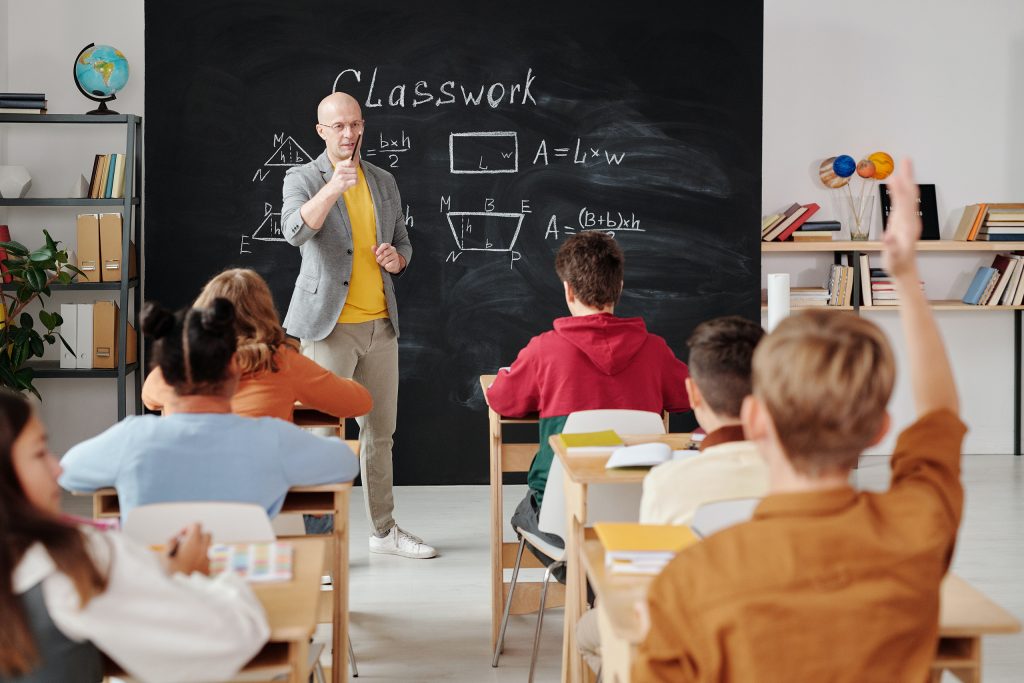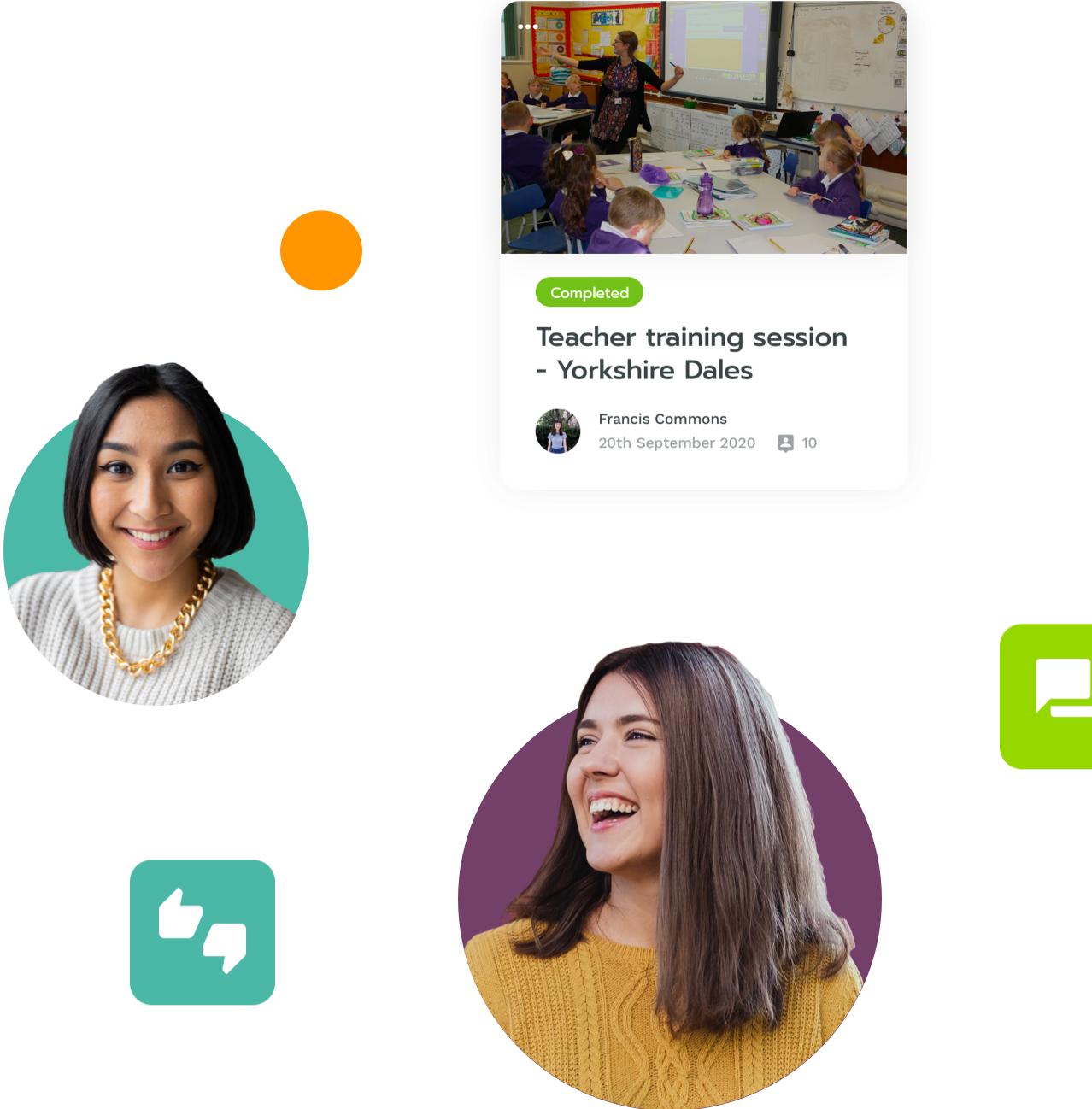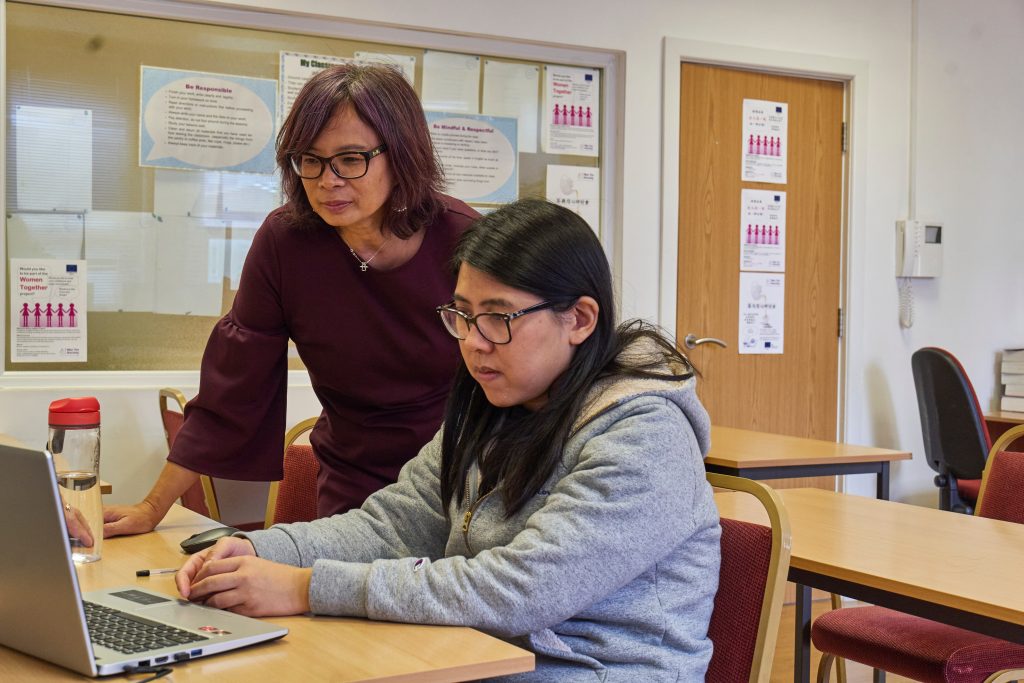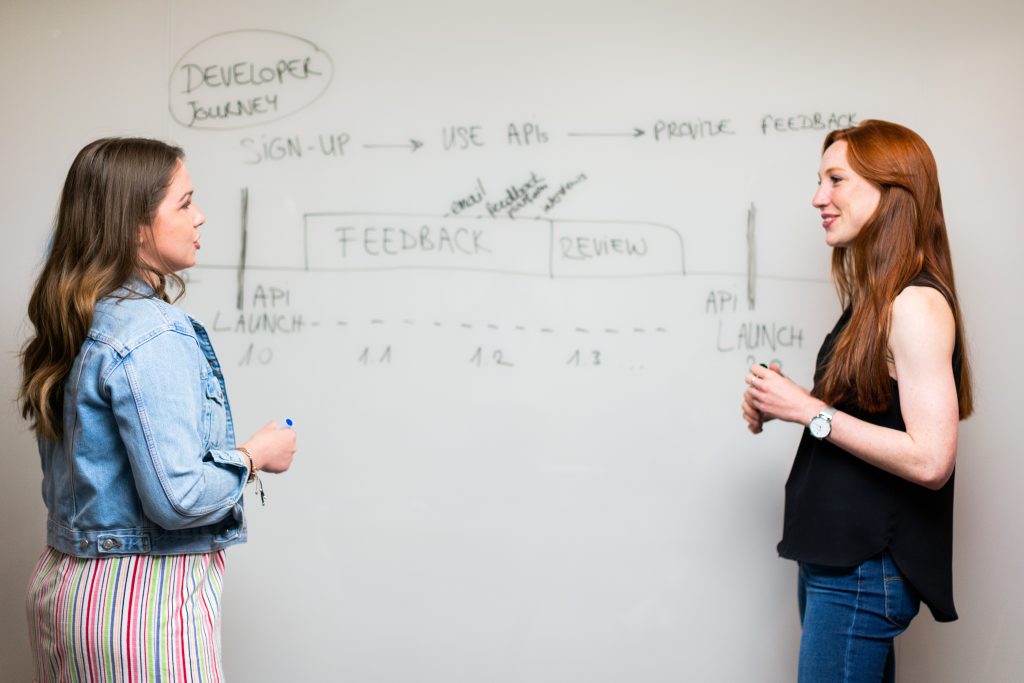Research has shown that the average teacher asks between 300 and 400 questions per day. That might sound like a lot… or as a teacher, you may feel that you ask more than that!
Research has shown that the average teacher asks between 300 and 400 questions per day. That might sound like a lot… or as a teacher, you may feel that you ask more than that! Either way, effective questioning in the classroom creates a supportive learning environment for your students.
Whether in a physical classroom or during online lesson delivery, it’s important to ask the right questions. It allows you to create an open conversation between your students and inspire deeper thinking.
So what does effective questioning in the classroom look like?
Here are our top five tips to help you improve your classroom questioning – online or in person.
Tip 1: Plan in advance
If you’re a teacher you’ll already plan your lessons. It just takes a little extra thought to note down exactly what you’re going to ask your class – and at what point in the lesson.
Ask questions when you want to check that students are keeping up, or when there’s a key learning point that you want the class to think about in more detail. This will encourage them to contribute to the discussion, build confidence, and help them perform better in class.
The next thing to think about is how you’re going to phrase your questions.
Tip 2: Consider how you’ll ask questions
There are two main types of questions: closed and open.
Closed questions
A closed question prompts a simple response from your student like ‘yes’ or ‘no’. An example of a closed question would be ‘does 2+2 equal 4?’
Like most things, there are advantages and disadvantages to closed questions. They’re quick and easy to understand and respond to, but they can also encourage students to try and guess what you’re thinking and base their answer on that.
Closed questions can also limit your students’ ability to expand and provide reasons for their answer which is an important part of the learning process. For some students, closed questions can be intimidating as they leave room for ‘right’ responses and ‘wrong’ responses.
Of course, you could follow your closed question with an open question to encourage a more considered answer. More on that later!
Open questions
Which brings us nicely onto open questions. These often elicit a lengthier response and require a deeper level of thinking. An example of an open question would be, ‘what did you think of the ending of the novel?’.
These questions encourage a range of responses from your students as they often require the expression of personal opinion. They can enrich the learning experience because they encourage individual thinking. It also enables you, as the teacher, to subtly assess their ability to apply the knowledge they’ve learned.
Our advice is to use a mixture of open and closed questions at appropriate times.
Tip 3: Rearrange the room
When face to face teaching, you can arrange the furniture to inspire classroom participation.
You want every member of your class to be able to contribute and engage so that nobody gets left behind. One simple solution to avoid teacher-student-teacher-student ‘ping pong’ is to arrange desks into a ‘U shape’ so that everyone feels included in group discussions.
This, coupled with asking the right questions at the right time, gives your class the chance to listen and respond to each other’s responses. It improves their speaking, listening, and communication skills, and gives you an insight into their understanding of the topic in hand.
Tip 4: Give your students time to think
We get it, there’s not much worse than asking a question and hearing radio silence. But in actual fact, giving your students time to think – or ‘wait time’ as it’s often called – is key if you want your students to respond.
It can feel like a lifetime, but research has shown that waiting just 3 – 5 seconds before speaking again means that students:
- Respond with more confidence
- Respond at greater length
- Respond more appropriately
- Offer more diverse explanations
- Make connections to responses from other students
This also increases confidence, improves critical thinking skills and leads to effective questioning in the classroom.
Tip 5: Follow up on your students’ responses
Our fifth and final tip for effective questioning in the classroom is to follow up on your students’ responses to your questions to encourage deeper thinking.
You can try using some of these techniques:
- ask your students to repeat their explanation
- ask your students to elaborate
- challenge them to provide a reason or thought process behind their answer
- allow students to think aloud with the rest of the class (e.g. ‘let’s think through this together’)
- encourage students to make connections (e.g. ‘can you think of a time when we did something similar?’)
- allow for ‘rehearsal’ time (e.g. ask them to discuss with a partner before feeding back to the class)
Do any or all of the above, and you can really improve overall the student experience, engagement and understanding.
Use video to improve effective questioning in the classroom
Video is a great tool to help you achieve effective questioning in the classroom. Recording a lesson and watching it back enables you to see for yourself what worked well and where you can improve. It also allows you to notice things you may not have picked up during the lesson, like the way students respond to a certain question for instance.
With VEO, you can use personalised tags to highlight these key moments in your recorded video and share it with your colleagues for their direct feedback too.
